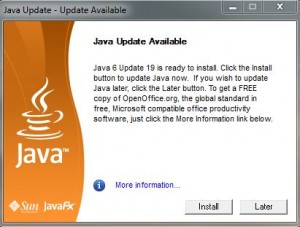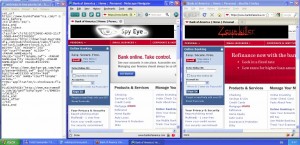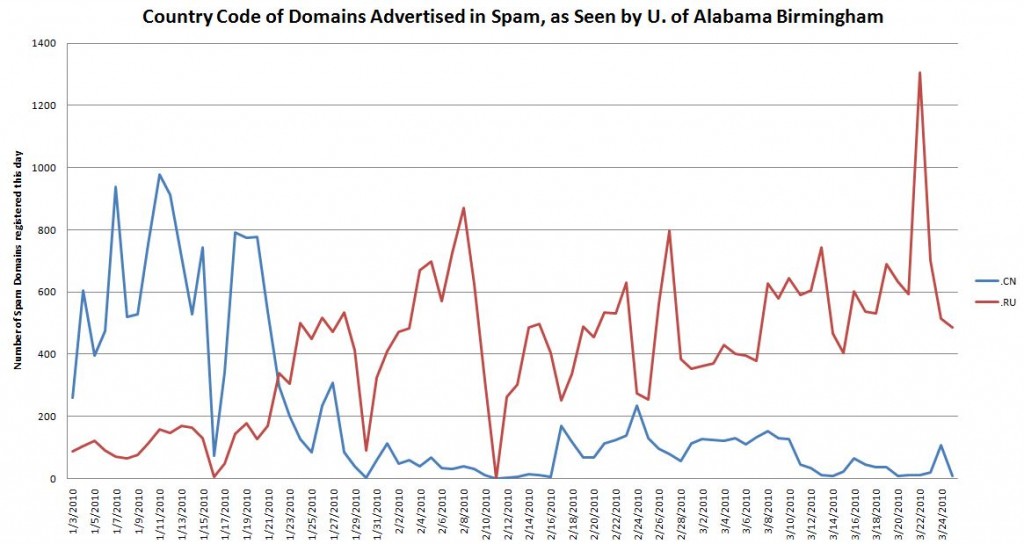
ATM skimmer found on a Wachovia ATM in Alexandria Feb. 28.
The stories I’ve written on ATM skimmers — devices criminals can attach to bank money machines to steal customer data — remain the most popular at Krebs on Security so far. I think part of the public’s fascination with these fraud devices is rooted in the idea that almost everyone uses ATMs, and that it’s entirely possible to encounter this type of sneaky, relatively sophisticated form of crime right in our own neighborhoods.
Indeed, police in Alexandria, Va. — just a couple of miles to the East of where I reside — recently were alerted to a skimmer found on an ATM at a Wachovia Bank there. The device reportedly was discovered On Sunday, Feb. 28, at around 1:30 p.m., by an ATM technician (no one I’ve asked has been able to explain why the technician was there on a Sunday in the first place, but I digress). According to the Alexandria Police, the technician spotted the skimming device attached to the card reader on the ATM, snapped some pictures of it, and then went inside the bank to notify the bank’s security office. When he returned a few minutes later, the skimmer had been removed.

ATM skimmer found on a Wachovia ATM in Alexandria Feb. 28.
Skimmers are typically placed at the mouth of the card acceptance slot, and designed to record the data off of the magnetic strip on the back of a customer’s ATM card when he or she inserts the card into the machine. Usually, thieves will plant another device used to record the customer’s PIN, such as a hidden camera or a PIN pad overlay. With the data from the magnetic strip and the customer’s PIN, the thieves can later clone that ATM card and use it to withdraw cash. The police in this case couldn’t say whether there was also a PIN stealing apparatus attached to the ATM, although it seems likely that the technician simply overlooked it.
Cmdr. Jody D. Donaldson, head of the Alexandria Police Department’s Media Services Unit, said crooks sell skimmers in different adaptations and colors depending on the make and model of the ATM that their thieving customers want to target. The skimmer attached to the front of the Wachovia ATM for example, was manufactured for a specific model of Diebold ATMs, Donaldson said.
Donaldson said several customers have come forward to report fraudulent charges on their bank cards, with current losses from the incident estimated at more than $60,000.
Read on after the jump about how the skimmer used in this attack matches a model sold online by criminals in rent-to-own kits, complete with instructional videos and software that divvies up the stolen data.
Continue reading →
 A new version of Java is available that fixes at least 27 security vulnerabilities in the ubiquitous software.
A new version of Java is available that fixes at least 27 security vulnerabilities in the ubiquitous software.









